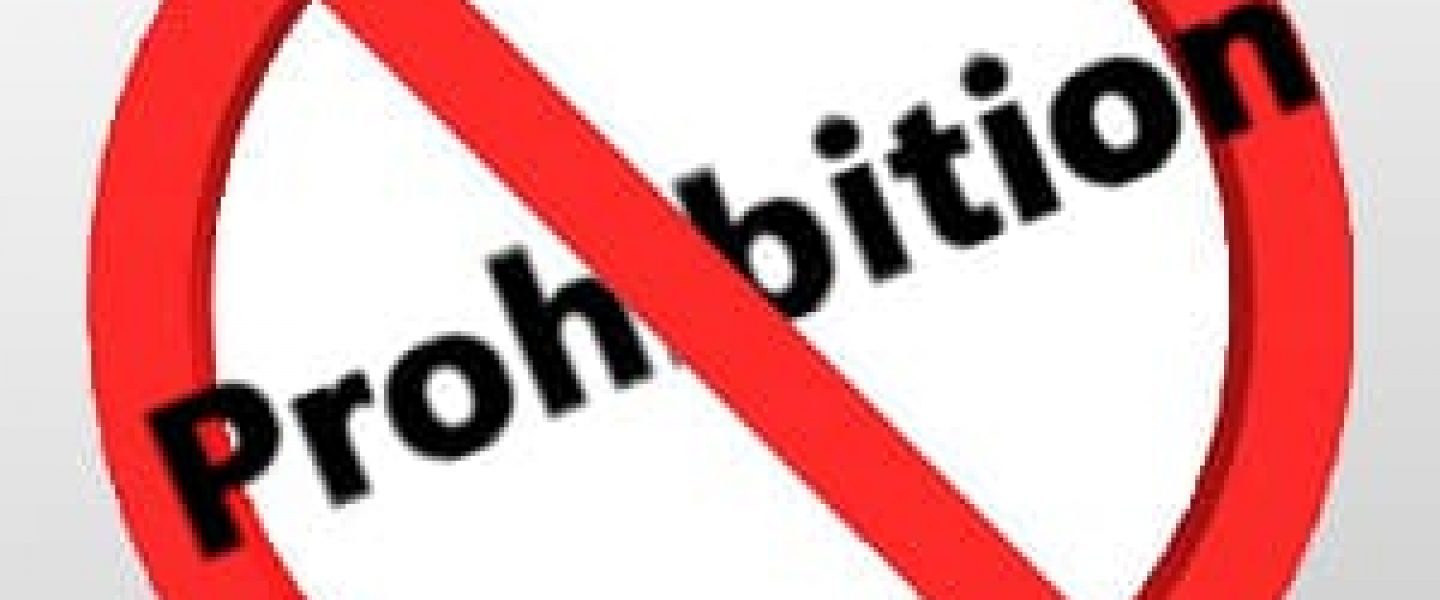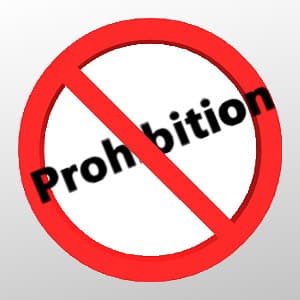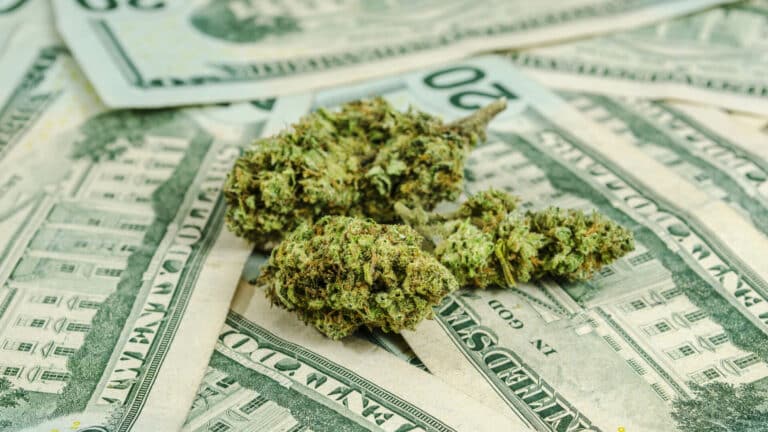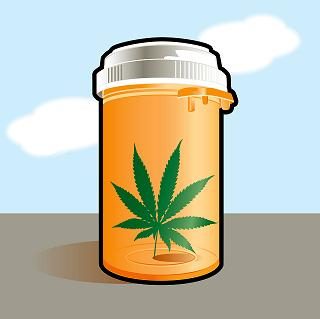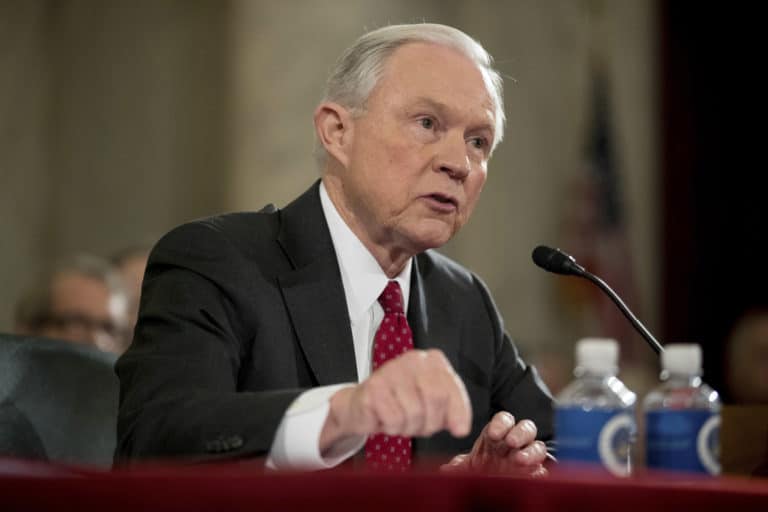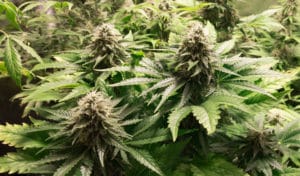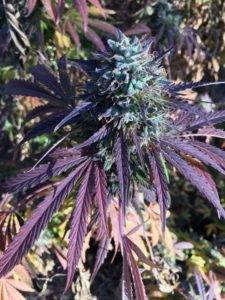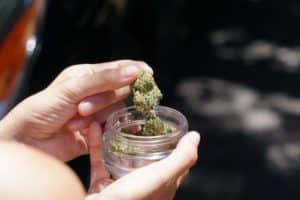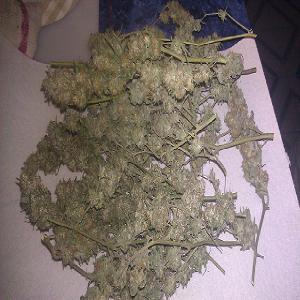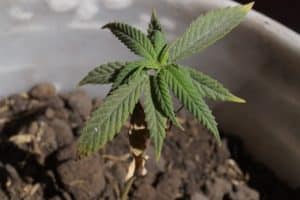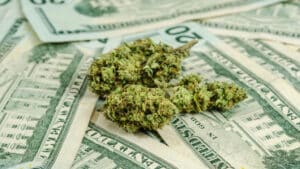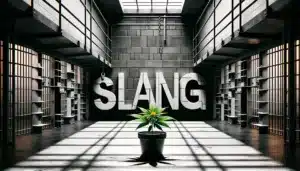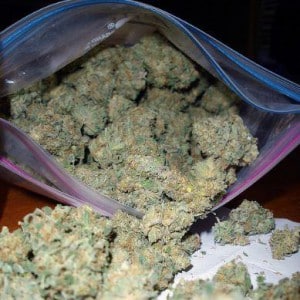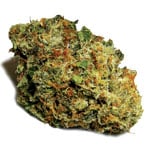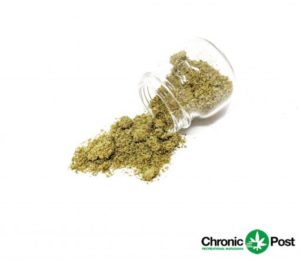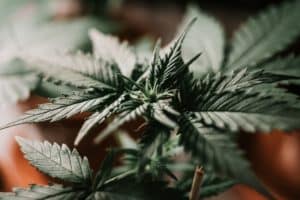The Obama administration released its 2012 National Drug Control Strategy and accompanying 2013 drug budget Tuesday, and while the administration touted it as a “drug policy for the 21st Century,” it is very much of a piece with anti-drug policies going back to the days of Richard Nixon.
“We will continue to pursue a balanced approach… in a national effort to improve public health and safety,” wrote Office of National Drug Control Policy (ONDCP) head Gil Kerlikowske in the introduction to the strategy. “We will work to prevent illicit drug use and addiction before their onset and bring more Americans in need of treatment into contact with the appropriate level of care. We will continue to build on the administration’s progress in reforming the justice system, ensuring that laws are applied fairly and effectively — protecting public safety while also ensuring that drug-involved offenders have the opportunity to end their drug use and rebuild their lives.”
But that’s only one half of the administration’s approach. The other half, as Kerlikowske makes clear, it continued adherence to classic war on drugs strategies.
“We will continue to counter drug producÂtion and trafficking within the United States and will implement new strategies to secure our borders against illicit drug flows,” the drug czar wrote. “And we will work with international partners to reduce drug production and trafficking and strengthen rule of law, democratic institutions, citizen security, and respect for human rights around the world.”
The federal government will spend more than $25 billion on drug control under the proposed budget, nearly half a billion dollars more than this year. And despite the administration’s talk about emphasizing prevention and treatment over war on drugs spending, it retains the same roughly 60:40 ratio of law enforcement and interdiction spending over treatment and prevention training that has obtained in federal drug budgets going back years. In fact, the 58.8% of the proposed budget that would go to drug war programs is exactly the same percentage as George Bush’s 2008 budget and even higher than the 56.8% in Bush’s 2005 budget.
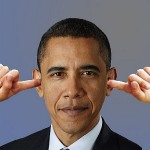 In the 2013 drug budget, treatment and early intervention programs would be funded at $9.2 billion, an increase of more than $400 billion over this year, but most of that increase is for treatment covered under the Medicaid and Medicare programs. Grant programs under the Substance Abuse and Mental Health Services Administration (SAMHSA), including Access to Recovery, early screening and referral, and drug courts are all reduced under the 2013 budget, although drug courts would see an increase in funding under the Department of Justice’s Problem Solving Justice Program.
In the 2013 drug budget, treatment and early intervention programs would be funded at $9.2 billion, an increase of more than $400 billion over this year, but most of that increase is for treatment covered under the Medicaid and Medicare programs. Grant programs under the Substance Abuse and Mental Health Services Administration (SAMHSA), including Access to Recovery, early screening and referral, and drug courts are all reduced under the 2013 budget, although drug courts would see an increase in funding under the Department of Justice’s Problem Solving Justice Program.
One area where treatment funding is unequivocally increased is among the prison population. Federal Bureau of Prisons treatment spending would jump to $109 million, up 17% over this year, while the Residential Substance Abuse Treatment Program for state prisoners would be funded at $21 million, up nearly 50% over this year.
The drug strategy’s rhetorical emphasis on prevention is not reflected in the 2013 budget, which calls for a 1% decrease in funding. SAMHSA prevention grants and Drug Free Communities funding would decrease slightly, while the administration seeks $20 million to restart the much maligned and congressionally zeroed-out Youth Drug Prevention Media Campaign.
On the drug war side of the ledger, domestic anti-drug law enforcement spending would increase by more than $61 million to $9.4 billion, with the DEA’s Diversion Control Program (prescription drugs) and paying for federal drug war prisoners showing the biggest increases. The administration anticipates shelling out more than $4.5 billion to imprison drug offenders.
But domestic law enforcement is only part of the drug war picture. The budget also allocates $3.7 billion for interdiction, a 2.5% increase over the 2012 budget, and another $2 billion for international anti-drug program, including assistance to the governments of Central America, Colombia, Mexico, and Afghanistan.
Critics of the continued reliance on prohibition and repression were quick to attack the new drug strategy and budget as just more of the same.
“The president sure does talk a good game about treating drugs as a health issue but so far it’s just that: talk,” said Neill Franklin, executive director of Law Enforcement Against Prohibition (LEAP) and a former narcotics officer in Baltimore. “Instead of continuing to fund the same old ‘drug war’ approaches that are proven not to work, the president needs to put his money where his mouth is.”
“This budget is appalling. The drug czar is trying to resurrect those stupid TV ads, like the one where a teenager gets his fist stuck in his mouth,” said Rob Kampia, executive director of the Marijuana Policy Project. “The budget intentionally undercounts the federal government’s expenditures on incarcerating drug offenders, who comprise more than half of the federal prison population. And the budget dangerously proposes a massive escalation in using the military to fight drugs domestically. Congress should just ignore this budget and start from scratch. Specifically, Congress should not provide the Obama administration with any money to go after nonviolent marijuana users, growers, or distributors.”
In the 2013 drug strategy, the administration is highlighting a renewed emphasis on drugged driving and is encouraging states to pass “zero tolerance” drugged driving laws. It is also emphasizing attacking the massive increase in non-prescription use of opioid pain pills.
While the strategy calls for lesser reliance on imprisonment for drug offenders, it also calls for increased “community corrections” surveillance of them, including calling for expanded drug testing with “swift and certain” sanctions for positive tests. But drug testing isn’t just for parolees and probationers; the drug strategy calls for expanded drug testing in the workplace, as well.
The drug strategy acknowledges the calls for recognition of medical marijuana and marijuana legalization, but only to dismiss them.
“While the Administration supports ongoing research into determining what components of the marijuana plant can be used as medicine, to date, neither the FDA nor the Institute of Medicine has found the marijuana plant itself to meet the modern standard for safe or effective medicine for any condition,” the strategy said. “The Administration also recognizes that legalizing marijuana would not provide the answer to any of the health, social, youth education, criminal justice, and community quality of life challenges associated with drug use.”
For Bill Piper, director of national affairs for the Drug Policy Alliance, the 2012 drug strategy was all too familiar.
“This strategy is nearly identical to previous national drug strategies,” he said. “While the rhetoric is new — reflecting the fact that three-quarters of Americans consider the drug war a failure — the substance of the actual policies is the same. In reality, the administration is prioritizing low-level drug arrests, trampling on state medical marijuana laws, and expanding supply-side interdiction approaches — while not doing enough to actually reduce the harms of drug addiction and misuse, such as the escalating overdose epidemic.”
The release of the drug budget comes just days after President Obama returned from the Summit of the Americas meeting, where he was pressed to open up a debate on legalizing and regulating drugs by sitting Latin American presidents like Juan Manuel Santos of Colombia and Otto Perez Molina of Guatemala. And it comes as support for marijuana legalization is at the cusp of majority support and trending upward.
It is past time to keep making minor adjustments — a slight funding increase here, a decrease there, a shift of emphasis over there — in what is fundamentally a flawed and failed policy, said LEAP’s Franklin.
“The chorus of voices calling for a real debate on ending prohibition is growing louder all the time,” said Franklin. “President Obama keeps saying he is open to a discussion but he never seems willing to actually have that discussion. The time for real change is now. This prohibition strategy hasn’t worked in the past and it cannot work in the future. Latin American leaders know it, and President Obama must know it. Let’s stop the charade and begin to bring drugs under control through legalization.”
Article From StoptheDrugWar.org — Creative Commons Licensing

